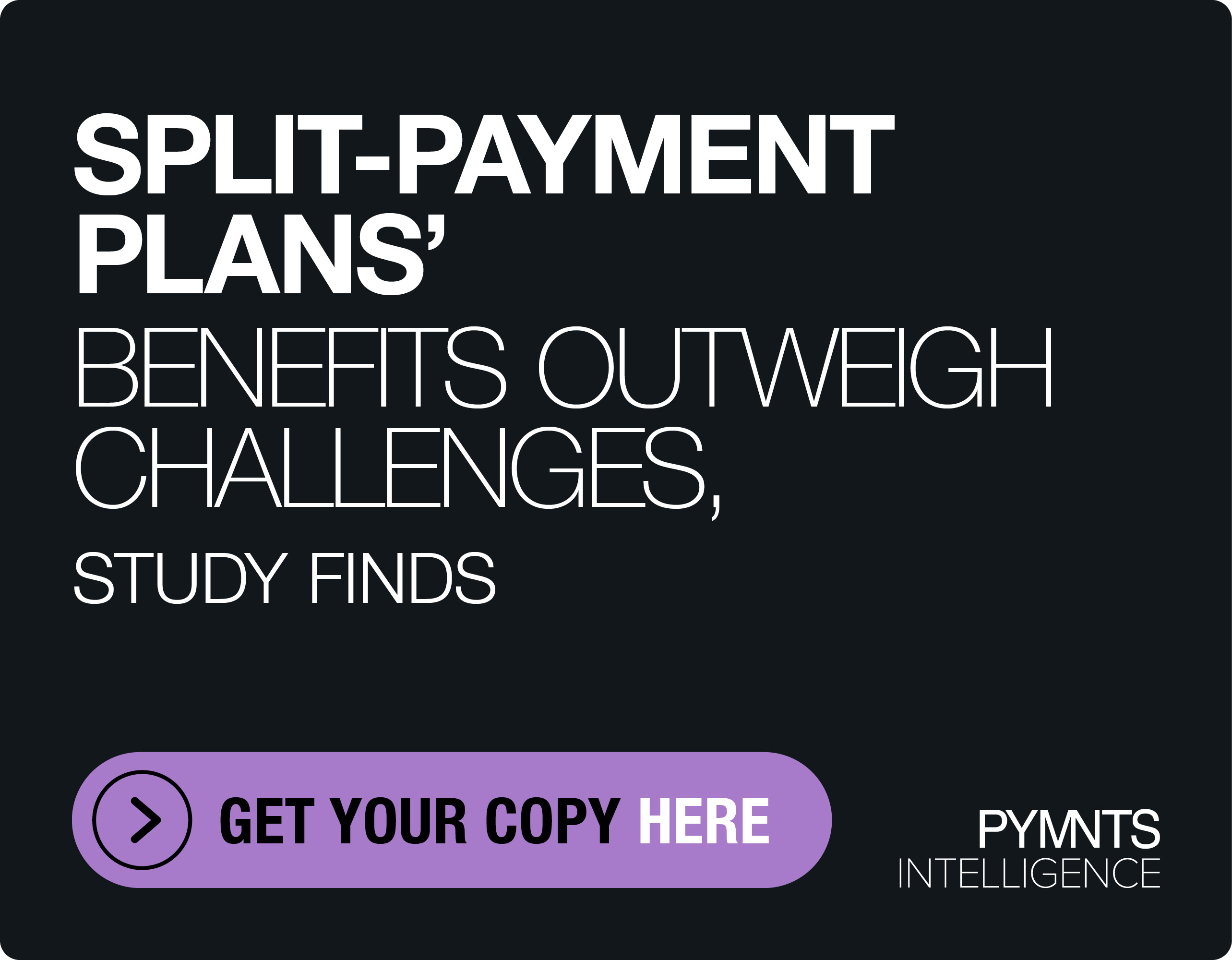Serving Up Large-Scale Resources To Small-Sized Businesses
Bringing online services and solutions to the traditionally offline world of restaurants comes with a unique set of challenges, specifically for the small to mid-size businesses within the industry.
Not only are these smaller players going head-to-head with larger nationwide chains for the appetites and wallets of customers, but they are usually fighting the battle with smaller budgets and fewer resources.
But is there a way to bring these critical technologies to the businesses that need them the most?
The idea of democratizing technology – a rapid continuation of it becoming more accessible to more people – is a topic pushing the boundaries of disruption while also presenting a huge opportunity to boost the proliferation of products and services.
Peter Diamandis, CEO of Singularity University and Chairman of the X PRIZE Foundation, delivered a thought-provoking keynote speech to Innovation Project 2016 delegates last month, in which he explained how tech democratization fits into the exponential framework of innovation.
According to Diamandis, dematerializing is a result of the shrinking of technology and the consolidation of features and functions into a single device — and once products and services are demonetized, they can then be democratized. Thus, providing an entire group or network of people with access to technologies they may not have ever had the resources to access otherwise is a trend that may help give SMBs a fighting change against larger competitors.
John Regal, Chief Strategy Officer at Ziosk, tells PYMNTS that companies must also be data-driven while able to easily adapt and integrate their business in today’s digital landscape, but without the right resources this can still be a significant barrier for smaller restaurants.
The technology provider delivers a pay-at-the-table POS solution that comes equipped with a 7-inch tablet offering an encrypted payment card reader along with additional value-add services such as news and entertainment, menu ordering, loyalty programs and surveys.
While Ziosk tablets can be found on tables throughout numerous big-name casual dining chain locations such as Reb Robin, Chili’s and Olive Garden, Regal pointed out that like any business, Ziosk also looks to serve a broader, wider range of the market, including small to medium-sized clients.
But no matter the number of locations a restaurant partner operates, he says the guest-centric focus of the Ziosk solution is aimed at integrating and customizing the POS to suit the brand’s business needs.
“The philosophy is always the same – we are trying to create a great guest experience. It doesn’t matter if they have 1,000 stores or 50 stores,” Regal explains. No matter the size of a restaurant partner, he added that the goal is to tailor the Ziosk experience to provide the business’ patrons with an experience that provides value and keeps them coming back for more.
Part of this offering is the data that Ziosk is able to capture through its consumer surveys, which Regal says typically deliver nearly 50 to 90 times more data than the surveys restaurants receive through more traditional methods like providing an incentive to complete a survey at the bottom of a sales receipt.
“A typical restaurant may get 25 to 30 surveys per month per store, we get around 2,000 surveys by guests after they pay on Ziosk, without having to provide an incentive,” he says, adding that the company is able to get more information because the surveys are full-integrated on the Ziosk tablet solution and allow the consumer to complete in real-time.
“Again, it doesn’t matter if you are a 50-store chain or a 1,000-store chain, this information helps transform the way you run your business,” explains Regal, thus helping the restaurant to optimize their experience.
Through Ziosk’s strategic partnership with Microsoft, the solution utilizes the cloud-based service Azure to deliver dashboards and analytics that allows its restaurant partners to derive both insights and actions from the data collected.
“A smaller chain may be more interested in our dashboard services and more insights because they may not have a team dedicated to analyzing all the data, which is very important,” he pointed out, emphasizing the importance of not just gathering data, but also developing the specific insights and determining actionable items from that data.
Another pain point for SMBs tends to be keeping up with the rapidly changing preferences of consumers when it comes to the payments they use.
From EMV chip cards to mobile payments, consumers are using the payments they find most convenient and expect the businesses they visit to be able to accept a variety of payment methods both quickly and securely.
While the Ziosk tablet currently utilizes both point-to-point encryption and tokenization to safeguard financial data “from the moment of swipe all the way to the moment of payment” for magstripe payment cards, Regal says the solution will soon enable restaurant partners to also accept both EMV and mobile payments.
“I think the technology we provide may provide an even higher value to the small to mid-sized customers as they are not going to have access to all of the same resources that a large chain may have,” he noted.
……………
To download the April edition of the Vantiv Omnicommerce TrackerTM, click the button below.
About The Tracker
The Vantiv Omnicommerce TrackerTM, powered by PYMNTS.com, features industry-spanning research and insights that arm retailers with data to make smarter decisions for enabling omnichannel commerce.

